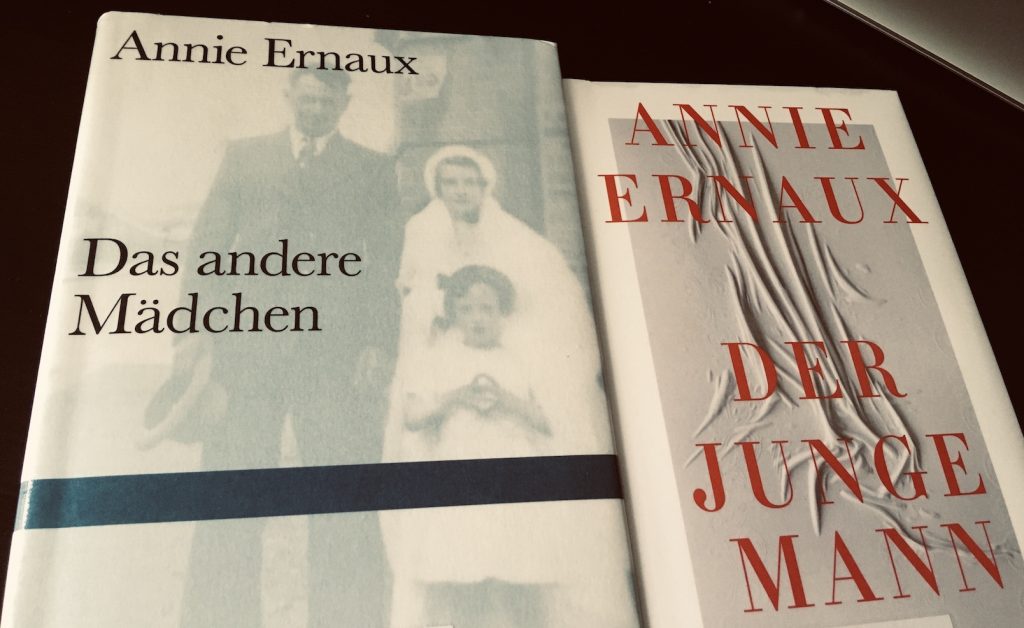Essays are a favorite ‘filler’ if you will – ideal reading material when time is limited, on train or plane, when sleep escapes. And, there can’t be much better than those from Joan Didion who so magnificently chronicled the America of the sixties through to the new millennium. And (courtesy Amazon Prime), that is to whom I have flown of late. And, as coincidence would have it, in the form of her legendary collection, “The White Album”, from which this NYT piece last week springs, and in which the writer and academic, Timothy Denevi, is inspired by the release by the John F. Kennedy Presidential Library and Museum of the Jean Stein Personal Papers that includes an audio recording of an interview Didion and her husband, John Gregory Dunne, gave to Jean Stein in 1971.
The first and title essay of the collection has almost legendary status; in the first instance for its opening sentence: “We tell ourselves stories in order to live.” (An oft quoted statement that has come to profoundly mean anything – or nothing at all!) But, more generally, for its sweeping panorama of the social and cultural landscape of the sixties and seventies told through diverse narratives – I mean, the whole kit and caboodle are touched upon: Vietnam, Black Panthers, Manson, The Doors, Joplin, and so forth, and including of course dead Kennedys. And it is on this latter, specifically the circumstances behind why we find Didion watching Robert Kennedy’s funeral on television at the Royal Hawaiian Hotel in Honolulu in June 1968, and that seemingly corresponding to an appalling mental health diagnosis revealed in this opening section of her essay, that has evidently been speculated upon by a faction out there in literary nirvana that could be labelled (Denevi does so) as Didionologists. Now, I haven’t ever given too much thought to the whys and wherefores of her brief mention of being in Hawaii at this time, but presumably for the über Didion fan there must be more to the story.
And they were not wrong it seems. For, in considering the interview with Stein, it is clear from Denevi’s article that it was there in the glaring light of Hawaii in that first week of June 1968 that Joan Didion became overwhelmed by the darkness engulfing her country, became acutely aware of its cemented inequalities and lack of cohesion and, as observed by her in Hawaii, the delusional state of her fellow country men and women – their obsessions; their consumerism; their opportunism and an extreme self-possession: JFK, MLK, RFK – well, WTF, not my problem.
A whole nation was in the midst of a breakdown and belonged on the couch. Hardly to be wondered that it was there that Didion soon landed on her return to Los Angeles. Nor that, upon reflection and with or without a clinical diagnosis, she would have found her symptoms unsurprising.
[…] By way of comment I offer only that an attack of vertigo and nausea does not now seem to me an inappropriate response to the summer of 1968.
Didion, Joan. The White Album: Essays (p. 15). Open Road Media. Kindle Edition.
Dunne and Didion revealed in the Jean Stein interview the profound affect Bobby Kennedy’s murder had upon them, and how they saw it as the culmination of years of societal disturbance, what Dunne called “the final unraveling of a very dark tapestry”.
Unfortunately, Stein’s audio tapes are not available on-line so I can only give credence to Tim Denevi’s version, but a very thoughtful, well-informed one it appears to be. He may not be one of those above mentioned -ologists, but he is obviously an admirer of Didion and well-versed in the cultural time that she has come to personify. A really interesting read, to which I would only add two further vignettes from the essay.
Firstly, towards the end of that horror year, one cold rainy morning, Didion was driving between Sacramento and San Francisco on her way to report on the latest campus “revolution” when a line from Ezra Pound’s “In a Station of the Metro”: Petals on a wet black bough began pulsating in her head. At the end of the day she considers whether “[the petals] represented the aimlessness of the bourgeoisie…”. An interesting interpretation. A very famous line for sure, but she doesn’t say whether it may had been planted there by a particular episode, the state of society in general or at least as she saw it or her state of mind – these last two being the sort of same thing anyway. This perhaps something else for the Didionologists!
And, then, in August 9 1969, Didion is in a swimming pool in Beverley Hills when she hears about the murders at the Tate Polanski house on Cielo Drive. Contradictory, seemingly bizarre, reports and rumours spread like wild-fire. Everyone is appalled, but …
I remember all of the day’s misinformation very clearly, and I also remember this, and wish I did not: I remember that no one was surprised.
Didion, Joan. The White Album: Essays (p. 42). Open Road Media. Kindle Edition.
Towards the end of the essay, Joan Didion writes that many in Los Angeles believed this day to be the abrupt end of the sixties. She says: The tension broke that day. The paranoia was fulfilled.







